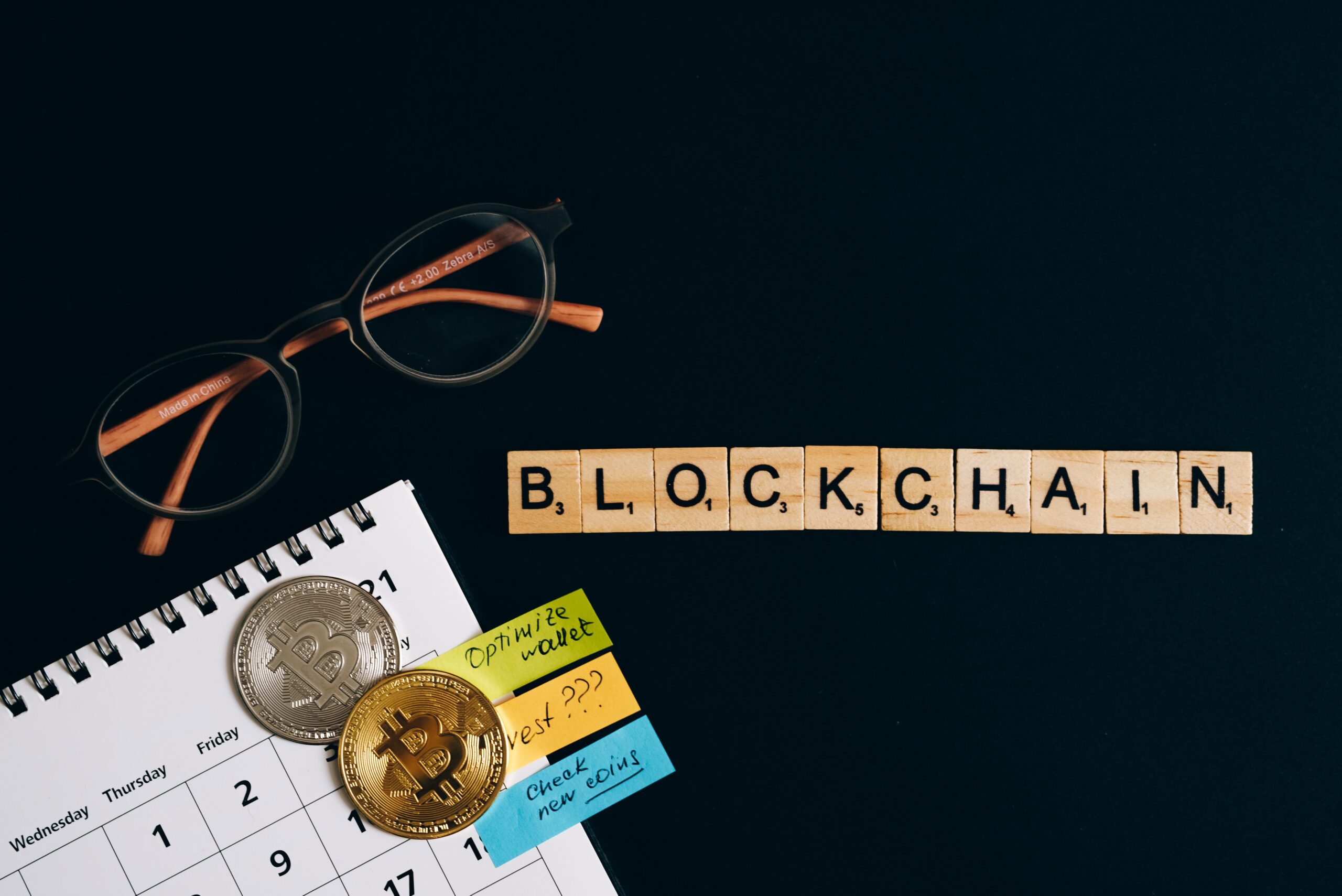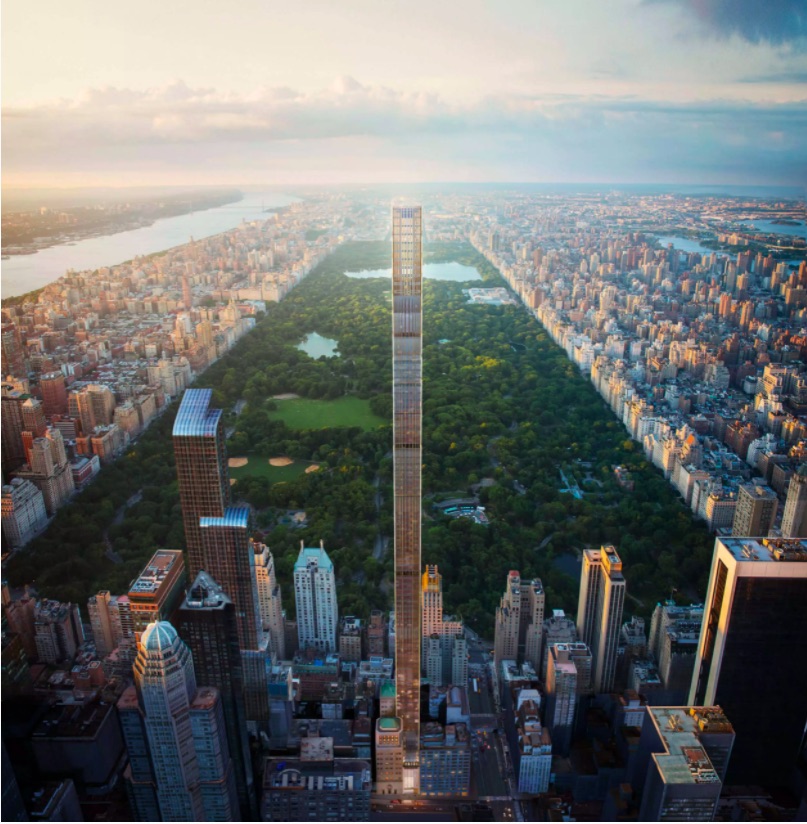December 15, 2021
NFTs IRL: The Evolving tech Behind the New Art Medium
Article by Annikka Olsen
6 min. read
The subject of NFTs has become not only a trending subject in the art world and tech industries, but a lightning rod for heated discussions on the validity or flaws, virtues or shortcomings, even aesthetic value of this art form that is still in its nascency. The first NFT was coined as recently as 2014 by Kevin McCoy, titled Quantum, but it wasn’t until 2021 when artist Beeple sold his NFT Everydays: The First 5000 Days at Christie’s auction house for $69.3 million dollars that what the New York Times termed “NFT mania” was kindled.

But what are NFTs, exactly? And why is a new generation of art collectors falling over themselves to get their proverbial hands on them, and are artists pivoting their practices to include them? NFT stands for non-fungible token, a unique piece of digital content—alternatively called a digital asset—that is inextricably linked to a blockchain such as Ethereum, a popular cryptocurrency. Each NFT’s uniqueness is what accounts for them being “non-fungible,” meaning that no two NFTs hold the exact same value or can be replaced with each other, as opposed to say a bitcoin, which is fungible and therefor interchangeable with other bitcoins. The vast majority of NFTs are situated within the Ethereum blockchain, as it most readily supports NFTs. Each NFT has additional digital information, however, which makes them different from a regular Ethereum coin (though as the market for NFTs increases, other cryptocurrencies are sure to gain popularity as well). Because of each NFTs specific connection to the blockchain (in the more rudimentary terms, how it is digitally linked) it is irreproducible. It is often joked that you can simply screenshot an NFT, and though this might result in similar visuals, its digital information is not the same and hence not of the same value. In other words, even if two NFTs were to look identical, the differences in their digital information would render them each unique.
There is a lot of discussion around how NFTs will evolve and become quotidian, even, with some speculating that things like airline and concert tickets, leases, and even real estate will be purchased and held as NFTs. Each NFT has its own ledger of ownership, which are publicly available records and easily verifiable. The current excitement surrounding the NFT market, however, is centered around digital fine art collecting. Though the Beeple sale at Christie’s drew an immense amount of press and public attention, artists working in the digital field and minting their own NFTs was already an increasingly prevalent trend—artists ranging from Simon Denny to Pak have been working in the digital sphere for decades already—but in this current moment the traditional fine art world seems more poised than ever to embrace this comparatively new art medium.
A key catalyst for seeing digital art as fine art can be attributed to the 2020 pandemic and ensuing lockdown. With galleries, museums, and auction houses closed to the public, art venues had to pivot and create alternative, virtual substitutes for the traditional white cube space for visitors. The rise of online viewing rooms and digital exhibition spaces was in many ways unprecedented, as the cache of in-person viewing had held sway up until that point. But sales and virtual attendance to these shows were robust. We would argue that even though the works largely shown in these new digital spaces were representations of physical artworks, it made the stretch of the imagination in owning digital artwork not so much of a stretch anymore. Along with the proliferation of these virtual spaces for physical art were online spaces for exclusively digital art, namely NFTs.

As lockdowns eased and art venues reopened, the inverse happened: people began exhibiting and visitors attending in-person digital art and NFT shows, as well as showing interest in more of them. In May of this year, it was announced that financier and Guggenheim Partners co-founder Todd Morley has plans to build the world’s largest NFT museum in New York City, just four blocks from the Museum of Modern Art—a locational advantage and implicit comparison to traditional art museums. Though the building of the site and eventual museum will be many years in the making, brick-and-mortar NFT galleries have already sprung up in major cities worldwide. Ultimately, though digital art has become more mainstream and accepted, a big question surrounding these new venues is if people will continue to want to see NFTs displayed in the same manner as traditional art, that is, in person, once the novelty has worn off; NFT collectors and artists sure seem to, galleries and museums have been warming up to the idea, but a new generation of tech companies are betting on it.
The exhibition and display of NFTs outside of a browser window and instead framed on a gallery (or home) wall has ushered in a growing sector of tech that caters to NFT exhibition. NFT gallery Superchief, located in the Greenwich Village neighborhood of Manhattan, partnered with Blackdove to create the ultimate NFT viewing experience. Founded in 2014, Blackdove produces “digital canvases” made specifically to display NFT collections. What makes these digital canvases different than a regular ultra-high-definition screen is it offers the ability to not only display, but manage, purchase, and license NFTs and NFT collections. Quonos, another purveyor of digital canvases, offers screens that even more closely resemble traditional art exhibition in that each includes a picture frame and screen margin that emulates a mat board. The brand Infinite Object has the tagline “We print video,” and offers smaller digital frames that can constantly display a single NFT, or even just a personal video.
Beyond the physical displays that hardware developers and manufacturers are producing, NFT collecting and display has increasing options and interfaces on the software front. Though traditional acquisition methods—that is, through galleries and auction houses—are still highly popular among fine art collectors (particularly those who began their collections with traditional art forms), accessible platforms like opensea.io, Nifty Gateway, and Mintable offer both new and established collectors the ability to easily purchase, sell, or trade NFTs. For those simply looking to view the works as art without having to deal with cryptocurrencies or looking at ledgers, however, even newer applications have begun to launch. One such example is NFT500 (by Tapinator), a free “casting” (digital display on a device) platform, where users can browse, save, and display hundreds of NFTs from the company’s own collection—think Disney+ but for NFTs. Fine art is no longer limited to galleries and museums, but widely accessible and viewable at home.
The impact of all these advancements within the NFT landscape is cautiously optimistic. Though the traditional art world path, if you will, for artists can be accompanied by a slew of benefits, such as the exposure and support from gallery representation, it is highly competitive, often lessens artist’s control over their career, and is frequently inaccessible either due to proximity or other pragmatic reasons. NFT platforms offer artists the ability to promote, sell, or license their work on their own terms, and offers the opportunity to become part of already thriving online artist collectives or platforms that prioritize artists and their work. Most significantly, however, is NFTs ability to let artists benefit from the royalties of their own work—something the traditional art market has consistently fallen short on and been criticized for. Because NFTs operate within a blockchain system, artists are able to receive a percentage of every subsequent sale of their NFT; this eliminates what often happens with art flipping in the corporeal art market, where an artwork might be purchased for a modest price from the artist and then sold later either at auction or privately for an exorbitant amount, none of which the artist sees.
The current “NFT mania” is perhaps less a mania so much as an immeasurable influx of innovation and invention that bridges many different industries, and with this comes excitement. It is important to remember that although NFTs are being written and talked about widely, the art form and the market for them is still very much in its nascency and as such is prone to immense change and transformation. Nevertheless, the increasingly sophisticated approaches to NFT creation and exhibition continuously intrigues and provokes questions about the boundaries of the art world at large, and how far the traditional boundaries of fine art can go.
